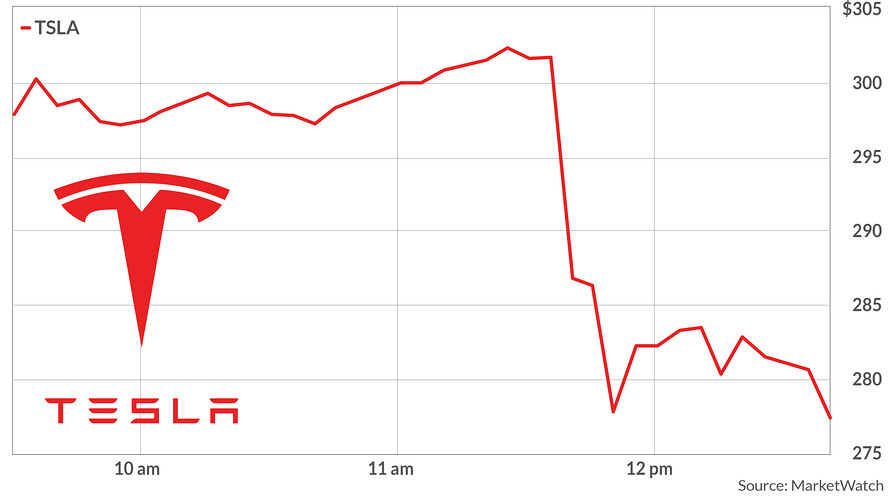
In 2015, the long-awaited Model X SUV was added to the lineup, enhancing sales and giving Tesla a vehicle to use to compete in the booming crossover market. Eventually, Tesla began reporting quarterly sales, mainly to give the Wall Street analysts and stock investors something to go on. Wondering if there was sufficient demand for Tesla electric cars, in a market that otherwise didn't seem to want them, to justify the monumental valuation. Stock analysts fixated on the pace of deliveries as the best indicator of how Tesla’s stock price was performing. Unlike the rest of the industry, with its slow, predictable stock price behavior for publicly traded carmakers, and with its long business cycles, Tesla was behaving more like a Silicon Valley tech company. Investor confidence would soar, then collapse, with sentiment turning on every news event, product announcement or delay, quarterly earnings report, and market-moving tweet by Elon MuskĪt one point, Musk himself said that the company’s stock price was overvalued. Although a stable stock price wasn't expected or widely predicted. Since the sudden growth in 2013 Tesla's stock price history has been one of extreme volatility. If you bought Tesla stock right after the IPO and held on, you'd be looking at an 1,000%-plus return today. It was at this point, Tesla’s stock price took off.

In 2013 Motor Trend named the Model S its Car of the Year. The business plan at this point was for CEO Elon Musk and his team to keep the lights on long enough in order to roll out Tesla's first built-from-scratch car, the Model S sedan. In 2008, the carmaker had endured a near-death experience, and in the lead-up to the IPO and afterwards, it was selling only one car, the original Roadster. Tesla’s stock price was essentially flat for several years after the 2010 IPO.


 0 kommentar(er)
0 kommentar(er)
